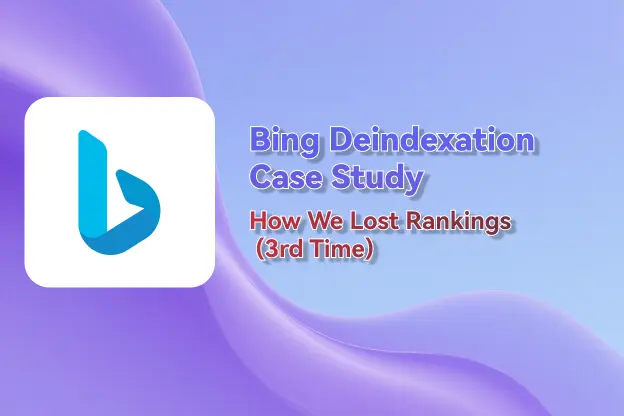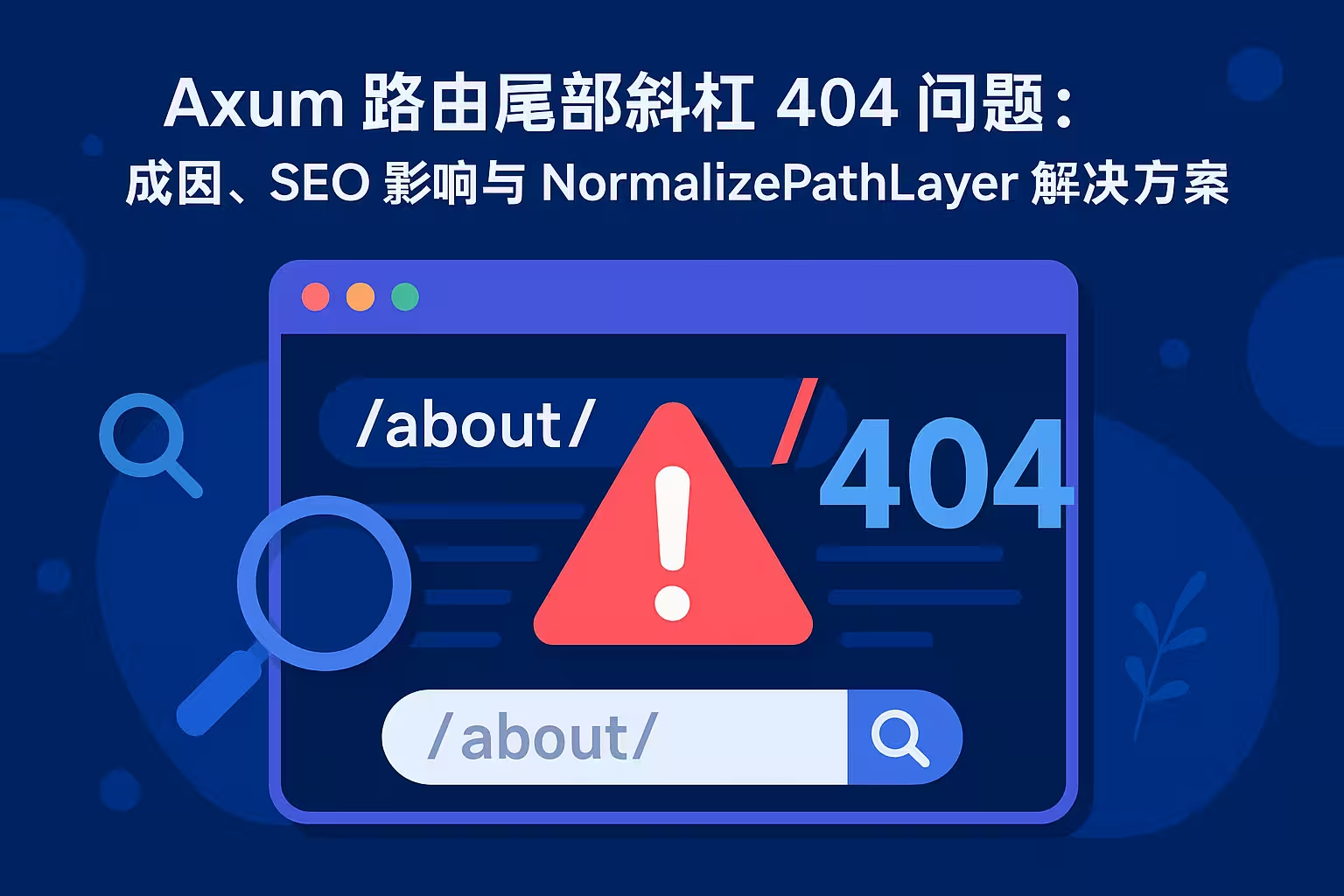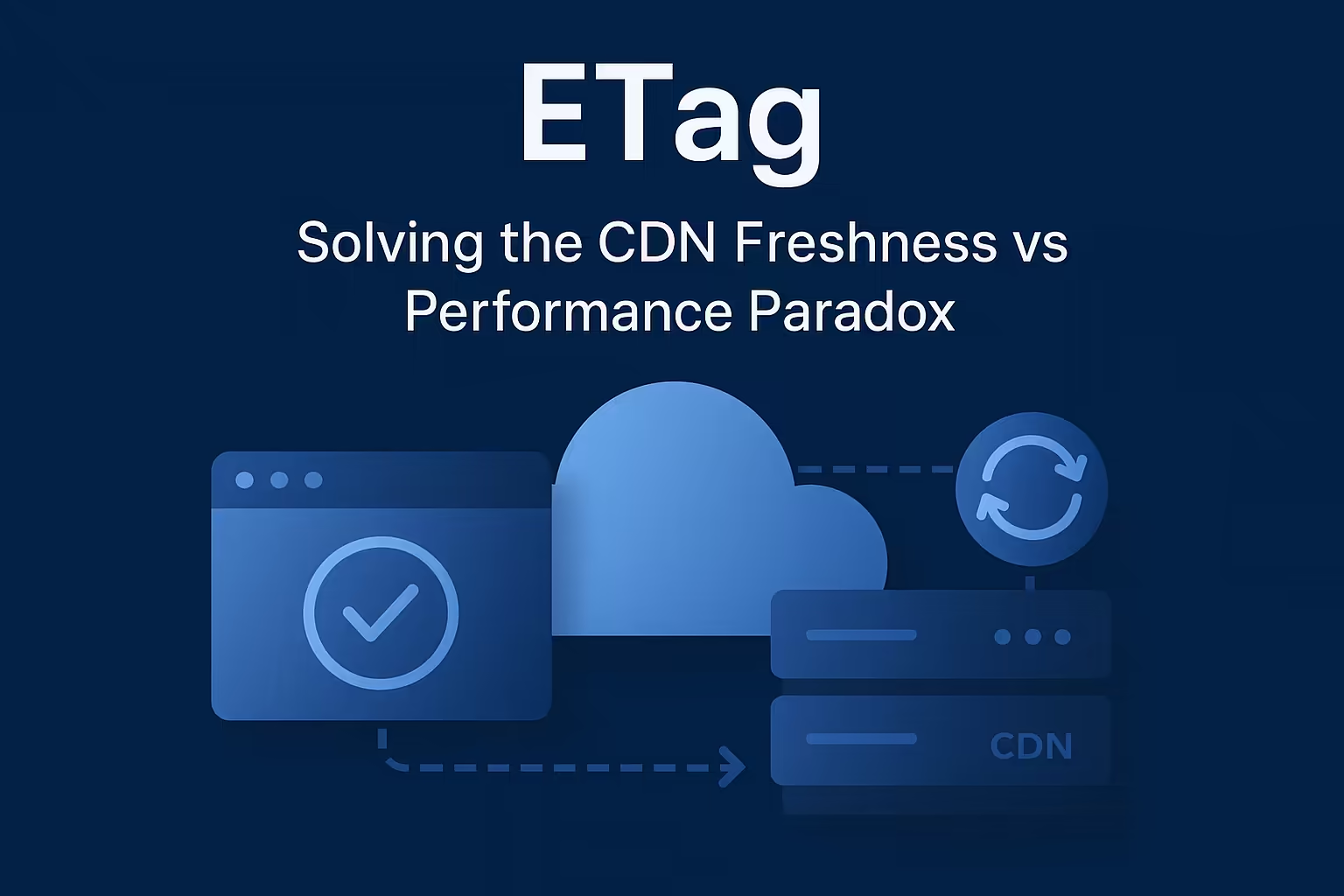Multilingual SEO for Beginners: Global Reach Best Practices
Building a website in multiple languages can help you reach a global audience – but it also comes with some SEO challenges. Search engines need to understand your site’s different language versions, and you want users to land on the right language pages. we’ll explain key multilingual SEO best practices, including how to structure your URLs, use HTML language tags (like hreflang), organize sitemaps, and avoid common pitfalls like duplicate content here. By the end, you’ll know how to make your multilingual website search-engine-friendly and easy for visitors to navigate.
Use a Clear URL Structure for Each Language
One of the first decisions is how to structure your URLs for different languages or regions. There are a few common approaches, each with pros and cons:
- Country-Code Domains (ccTLDs): Using separate domains for each country or language (for example,
example.de for Germany). This makes targeting a specific country very clear and can signal strong geo-targeting. However, ccTLDs can be expensive and require maintaining separate sites; they also limit you to one country per domain. This approach is best if your business is country-specific (like a separate site for China, France, etc.), but it’s overkill for just language variations. - Subdomains: Creating language-specific subdomains on your main domain, e.g.
de.example.com for German content. Subdomains are relatively easy to set up and allow server or hosting separation if needed. The downside is that search engines often treat subdomains as separate websites, meaning your subdomain might not fully benefit from the main domain’s SEO reputation. In other words, a subdomain can split your site’s “authority” and ranking power. Additionally, users might not instantly recognize a language from a subdomain name alone (for example, does “de” refer to German or Denmark?). - Subdirectories (Subfolders): Placing language content in folders on the same domain, e.g.
example.com/de/page... or example.com/en/… for German and English versions. This is often the recommended approach for ease of maintenance. All languages share the same domain, so any SEO strength your site gains (backlinks, reputation) is consolidated instead of split up. In fact, using subfolders means your translated pages benefit from the full authority of your main site, which can help them rank better. Subdirectories are also simple to set up on one web host without special configuration. The only minor con is that, just like subdomains, a folder code (“/en/” or “/fr/”) may not be immediately obvious to all users as a language indicator – but this is usually not a big issue. subdirectory structures (the “/en/” style paths) are considered a multilingual SEO best practice because they combine easy management with shared SEO benefits. - URL Query Parameters: Attaching a language code as a URL parameter, for example
example.com/page?lang=en. This method is not recommended for multilingual sites. Language parameters in the URL can be confusing to users (they don’t clearly signal the content’s language), and they make it harder for search engines to segment and index your site by language. But to avoid this approach if possible and stick to human-friendly URL paths instead.
Tip: For most website owners, using language subfolders (like /en/ ) is the simplest and most SEO-friendly option. It keeps everything under one domain, making ongoing site maintenance and SEO tracking easier. Only consider separate domains or subdomains if you have specific needs (such as distinct country sites or separate server locations). And whichever structure you choose, remember to use consistent patterns – this helps both users and search engine understand your site’s organization.
Use Proper Language Tags in Your HTML Head
Besides structuring your URLs, it’s important to mark up each page so that browsers and search engines know what language it’s in. This involves a couple of HTML tags in the page’s <head> section:
- HTML
lang Attribute: Always declare the language in your HTML tag. For example, if a page is in English, your HTML should start with something like:<!DOCTYPE html><html lang="en">. Thislang attribute tells web browsers (and any services that use your page’s code) the intended language of the text. It’s a basic best practice for accessibility and clarity. While Google’s algorithms primarily detect language from the page content (they do not rely heavily on thelang code), it still helps to include it. Other search engines and tools do use this information – for instance, Bing gives weight to a page’s declared language in some cases. Setting thelang correctly will also ensure things like screen readers or translation browsers behave properly. In short, addlang="fr" for French pages,lang="es" for Spanish, etc., on each page. - Meta Content-Language (Optional): In addition to the
lang attribute, you can specify the language (and region) via a meta tag. An example would be:<meta http-equiv="Content-Language" content="en-US"> placed in the<head>. This meta tag isn’t required, but it can be useful. As noted above, Bing and some other search engines consider theContent-Language meta tag a strong hint for the page’s language. It basically duplicates whatlang does, but including it can’t hurt and might help with certain search engines or older browsers. If you use it, be sure the code (like “en-US” for U.S. English, or “fr-CA” for French Canadian) matches the actual language of the page. - Meta Tags for Locale and SEO: Ensure other meta tags like the page’s
<title> and meta description are written in the correct language for that page. For example, your Spanish pages should have Spanish titles and descriptions. Also, if your site uses Open Graph tags (for social media), theog:locale tag can specify locale (e.g.og:locale="es_ES" for Spanish/Spain), which helps social platforms display the proper language snippet. These aren’t direct Google ranking factors, but they contribute to a coherent, professional multilingual setup.
Proper head tags set a foundation for multilingual SEO: they remove ambiguity about language and region for each page. Think of it as labeling each copy of your content clearly – “This page is the French version, that page is the English version,” and so on.
Implement Hreflang Tags for Alternate Languages (Including x-default)
Once your URLs and basic tags are in place, the most critical technical step for multilingual SEO is implementing hreflang tags. These are special link tags in your page’s HTML <head> that explicitly connect the alternative versions of the same content. In simple terms, hreflang tags tell Google and other search engines “Here are other language versions of this page.” This helps search engines show the right version to the right users (for example, showing the Spanish page to a user searching from Spain or with Spanish browser settings).
How hreflang works: You add one <link> tag per language version, including one for the page itself. For example, imagine you have a page available in English, Spanish, and French. On each of those three pages, you would include the following in the head (this is a simplified example of the code):
<!-- English version -->
<!-- Spanish version -->
<!-- French version -->
<!-- Default catch-all version -->
Each rel="alternate" hreflang="XX" tag points to a version of the page, where “XX” is a language code (sometimes combined with a country code, like en-US for U.S. English). Several best practices are important here:
- Include all language versions, including itself: Each page should list itself and every alternate version in the hreflang tags. That way, search engines see a complete cluster of interlinked pages. If a page doesn’t mention one of the other versions (or vice-versa), the hreflang signals can be ignored. In our example, the English page’s head tags would still list the English URL (self-referencing) as well as the Spanish and French URLs. The Spanish page would similarly list itself, plus English and French, and so on.
- Use proper language and country codes: Hreflang values use ISO language codes (like “en” for English, “fr” for French, “es” for Spanish) and optionally region codes (“-US” for United States, “-FR” for France, etc.) if you need to target a specific locale. For example, use
hreflang="en-GB" for British English versusen-US for American English. If your content is generally the same for all dialects of a language, you can just use the language code without region (e.g.hreflang="de" for all German speakers worldwide). - Add an “x-default” tag for fall-back: The
hreflang="x-default" value is a special catch-all used to indicate a default page when none of the other languages match. Typically, you point this to a generic page or a language-selection page. For instance, if a user’s language doesn’t match any of your specified versions, Google can fall back to the URL marked as “x-default.” In many cases, websites use their main homepage (which might be an auto-detect page or a general English page) as the x-default. Including an x-default tag is recommended, especially if you have multiple regional versions of the same language. It prevents situations where a user might otherwise get a random locale version just because it’s the only option left. Google and Yandex both support the x-default tag. - Make it reciprocal: As noted above, all versions should reference each other. If page A lists page B as an alternate, page B must also list page A; otherwise the hreflang relationship is incomplete and may be ignored. The goal is to have a fully interconnected set of pages that are just language variants of one another.
- When to use hreflang: Use hreflang whenever you have pages that are essentially the “same content” in different languages (or for different regions). Do not use hreflang for pages that are about entirely different topics. It’s purely for aligning translations or very close equivalents. For example, a product page translated into 5 languages should use hreflang among those 5 versions. But if you have a U.K. site and a U.S. site with completely different offerings, hreflang might not apply unless the pages fulfill the same purpose with mostly the same content.
Hreflang can seem technical, but it’s extremely important for multilingual SEO. It ensures that search engine can group your language pages together and serve the appropriate one to users. Without hreflang, they might mistakenly show your French page to an English user or vice-versa, especially if the content is similar. Implementing hreflang greatly improves the user experience by letting users search in their language and land on your matching page.
Note: Google says it doesn’t use hreflang to decide a page’s language (it uses the page content for that), but it does use hreflang to decide which version to show in search results. Also, not all search engines handle hreflang (Baidu, for example, ignores it), but Google, Bing, and Yandex do support it to varying degrees. Bing gives hreflang a bit less weight than Google does, but it still “recommends” using it, and Bing especially encourages the use of the Content-Language meta tag alongside hreflang. Our advice: implement hreflang for Google and others, and include language meta tags for Bing – this way you cover all bases.
Organize Sitemaps for Multilingual Content
After setting up your on-page tags, you should also consider your XML sitemap strategy for a multilingual site. Sitemaps are files that list all the URLs on your site, and you can extend them to include alternate language versions of each URL. This helps search engines find and understand the relationships between your localized pages.
There are two main approaches to informing Google about your alternate language pages: you can either put hreflang tags in the HTML of each page (as discussed above) or you can use an XML sitemap to convey the same information. Google supports both methods (and even a third method using HTTP headers) , and they treat them equally. You don’t need to do all of them; just choose the method that’s easiest for you to maintain. Many site owners stick to the HTML approach. But if you have a very large site or a setup where editing HTML is difficult, using sitemaps for hreflang might be more convenient.
Here’s how multilingual sitemaps work in practice:
In your XML sitemap file, each URL entry can contain child links indicating the alternate language versions of that page. This uses the XHTML namespace and
link rel="alternate" hreflang="..." tags inside the sitemap. Essentially, for each page, you list all its translations (including itself) as part of that entry. This is analogous to the requirement of reciprocal links in HTML. For example, an entry in a sitemap might look like this (simplified for illustration):https://www.example.com/en/page.html(Plus similar
<url> entries for the Spanish and French URLs.)This format explicitly tells search engines that these URLs are a cluster of alternates for different languages/regions. By processing the sitemap, Google can learn about all your language versions without crawling every link on the site.
Benefits of using a sitemap for hreflang: If your site has dozens or hundreds of pages in multiple languages, maintaining all those
<link> tags in every HTML page can be labor-intensive and prone to errors. A sitemap centralizes that information in one place. It’s also useful if your website back-end or CMS can automatically generate the sitemap with proper alternate links – that way, you ensure accuracy. Another benefit is that sitemap-based hreflang data is discovered on crawl (when Google reads your sitemap), even if Google hasn’t crawled a new language page yet via normal links.Make sure to follow sitemap guidelines: When implementing this, remember to declare the XML namespace for xhtml in the sitemap (as shown in the example with
xmlns:xhtml="http://www.w3.org/1999/xhtml") and list each alternate for each URL entry. Also, each sitemap should only list URLs from the same site (you can’t mix different domains in one sitemap unless it’s a sitemap index, and cross-domain hreflang via sitemap is possible but advanced). In most cases, if your languages are all on the same domain (using subfolders), you’ll just have one sitemap or a set of sitemaps covering all pages.
If this sounds too technical, don’t worry – many content management systems and SEO plugins handle multilingual sitemaps for you. The key takeaway is: ensure your alternate language pages are listed somewhere that search engines will see. Either put hreflang tags in each page’s HTML or use a well-constructed sitemap (or both, if you prefer redundancy). Google doesn’t give extra credit for doing both, so choose the method that you find easier to keep up-to-date.
Other Multilingual SEO Tips and Considerations
Beyond URLs and tags, there are additional considerations to keep your multilingual site running smoothly in search:
- Prevent Duplicate Content Issues: One fear many site owners have is “duplicate content.” The good news is that having the same content in different languages is not considered duplicate content by Google – translations are treated as unique content for different audiences. So you should not mark translated pages as duplicates of each other. Do not use a cross-language canonical tag (rel=canonical) pointing one language to another, or you’ll confuse search engines. Each language page should generally have its own self-referencing canonical tag. However, if you have multiple pages in the same language that are identical (for instance, an English page on a
.com and an English page on a.co.uk with the same text), then you should choose one as the canonical to avoid true duplicate content. In multilingual SEO, the hreflang tags we discussed are your tool to handle “duplicates” across languages – they essentially tell Google these pages are equivalents for different users, so Google doesn’t see it as duplicate spam. Using hreflang and unique URLs for each language explicitly prevents search engines from mistaking your pages as duplicates, allowing each version to be indexed for the appropriate audience. - Use Canonical Tags Appropriately: As mentioned, each page should have a
<link rel="canonical" href="..."> tag in its head pointing to the preferred URL for that content. In most cases, the canonical URL is the page itself (this is called a self-canonical). This helps consolidate any ranking signals if, say, the same page is accessible via multiple URLs (common with and without “www”, or HTTP vs HTTPS). On multilingual sites, do not canonicalize one language to another – that would tell Google to ignore the non-canonical one entirely. Instead, canonicalize within each language. Only use canonical between pages when the content is truly duplicate and in the same language. A special scenario: if you have a bilingual site where some content wasn’t translated (e.g. you have an English page and a “French” page that is still in English because translation is pending), Google might see those as duplicate English content. In such a case, you could canonicalize the untranslated one to the original, or better yet, provide at least a machine or partial translation and use hreflang. The ideal is to avoid having two URLs with the exact same text. - One Language Per Page: Make sure each page is written in a single language (with the possible exception of things like brand names). Avoid mixing two languages on the same page, as this can confuse both users and search engines. Google advises using “a single language for content and navigation on each page”. For example, don’t have a page that shows paragraphs in English and Spanish side-by-side. Instead, split that into two pages or provide user-toggleable content. Keeping one language per page makes it easier for Google to correctly identify the page’s language and index it for the right search queries.
- Avoid Automatic Language Redirects: It might be tempting to auto-redirect visitors to their language version based on their browser settings or IP address (geo-location). However, Google strongly advises against automatic redirection by language. Such redirects can prevent users (and Googlebot) from accessing all versions of your site. For instance, if a French user traveling in the US tries to view your French page but gets forced to the English page due to IP detection, that’s a bad experience. It also means Googlebot (usually crawling from the US) might only see your English pages if it keeps getting redirected. Instead of auto-redirects, let users pick their language. You can show a pop-up or banner suggesting “It looks like you prefer French – click here to switch,” but also allow them to stay if they want. And definitely let Google crawl all versions without interference.
- Provide a Language Switcher: Include clear navigation (like a dropdown or list of language options with country flags or language names) so visitors can manually switch to another language if they landed on the wrong one. This not only improves user experience but also helps with SEO. Google recommends adding hyperlinks to other language versions on your pages. For example, on your English page, put a “Français” link to the French page, and vice versa. These links can complement hreflang tags by providing a user-facing way to navigate and also give search engines additional paths to discover the alternate URLs.
- Ensure High-Quality, Localized Content: Having multilingual SEO isn’t just about technical tags – the content quality matters enormously. Make sure your translations are done well (preferably by native speakers or professional translators). Avoid using raw machine translations published as-is on your site. Automated translations that haven’t been reviewed can read poorly and might even be considered spammy by search engines. A clunky or nonsensical translation will hurt your credibility with users and can lead to higher bounce rates (which indirectly can affect SEO performance). So invest in good localization: translate not just the words, but adapt things like idioms, measurements (e.g. use local currency, date formats), and examples to make sense for the target audience. For instance, a marketing slogan might need a culturally appropriate tweak in another language – this kind of fine-tuning can improve user engagement and conversion.
- Local Keyword Research: Keywords that people use can vary by language and region. Simply translating your English keywords to Spanish might not capture what Spanish users actually search for. Do some basic keyword research for each language market if possible. This might be a bit advanced for a beginner, but even having a native speaker review the terms can help. At minimum, make sure titles and meta descriptions use terms that locals would expect. This way, your content is not only translated but also optimized for local search behavior.
- Structure Your Content for Each Locale: Treat each language version as a first-class citizen on your site. This means each one should have all the necessary on-page SEO elements optimized (unique title tags, meta descriptions, header tags, etc. in the correct language). It also means building links or promoting each version appropriately in its market. All language versions should be accessible in your navigation or site structure (don’t hide the Spanish site 10 clicks deep, for example). A well-structured, easily navigable site in each language encourages longer visits and sends positive signals to search engines.
multilingual SEO success comes from a mix of technical structure and quality content. Use the proper URL format and hreflang tags so search engines can index your site correctly, and provide great localized content so users stick around. Also, stay consistent: as you add new content, continue to apply these best practices (create URLs correctly, add the alternate tags, translate everything including tags, etc.).
Conclusion
Managing SEO for a multilingual website may seem daunting at first, but breaking it down into these best practices makes it achievable. Start with a solid foundation: a clear URL strategy (we recommend language subfolders for most cases) and correct HTML head tags to declare languages. Then implement hreflang annotations or sitemap entries to bind your language versions together for search engines.






Comment